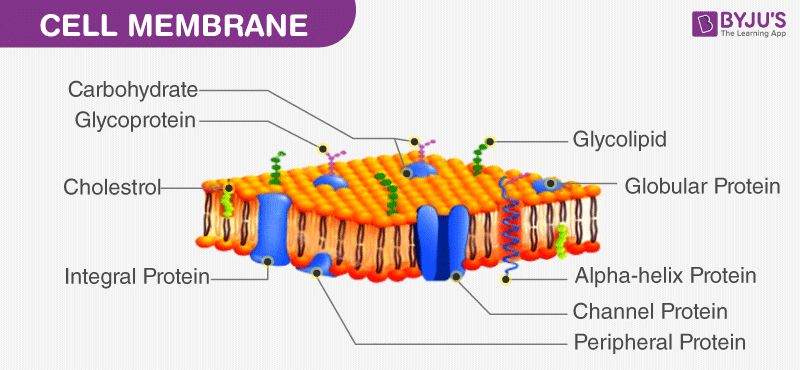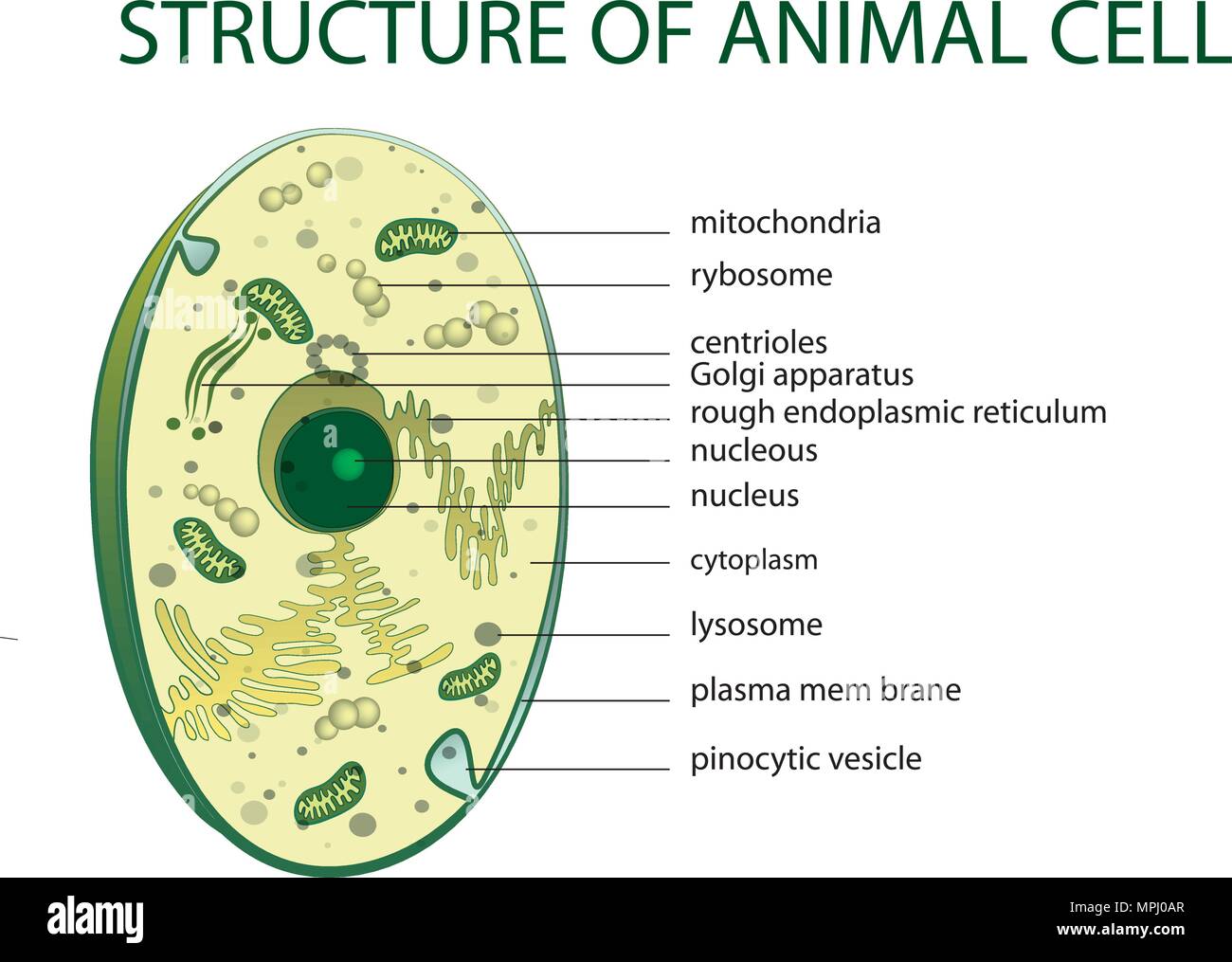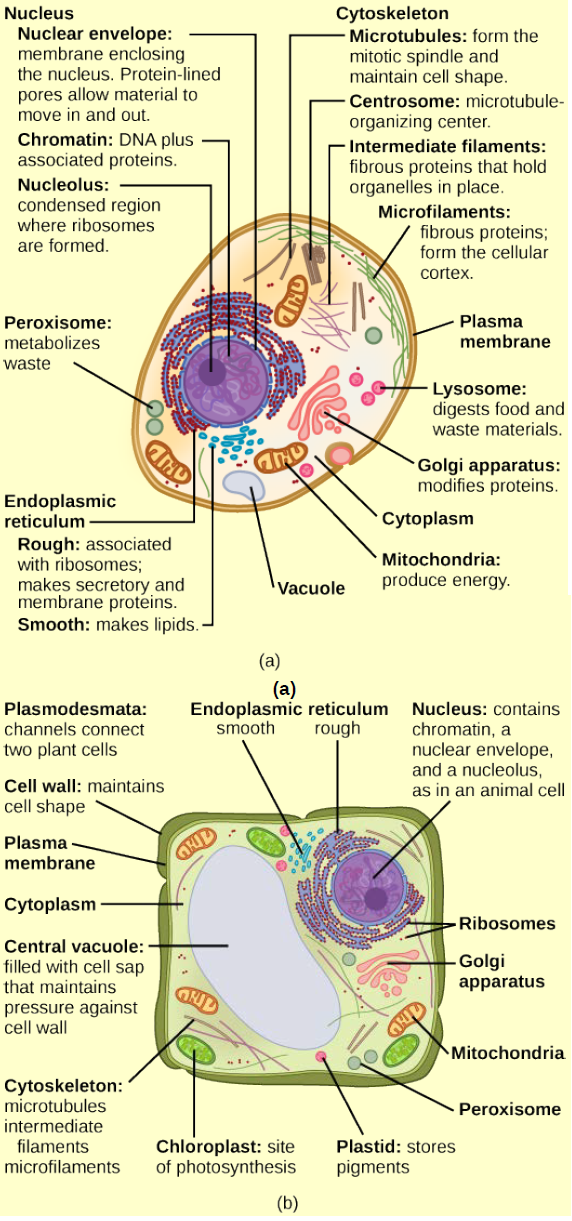Cell Membrane is present in all organisms including plants. The main functions of the cell membrane include.

Diagram Showing The Flagellate Organelles On A Dinoflagellate Safesearch Norton Com Image Search Results Cell Organelles Animal Cell Structure Animal Cell
The cell wall is the most prominent part of the plants cell structure.

. Cell membrane is a thin delicate structure 5-10 nm wide. Septum definition a dividing wall membrane or the like in a plant or animal structure. Protecting the integrity of the interior cell.
The cell wall is only found in plant cells. Cell membrane transport and division. The plasma membrane also known as the cell membrane or cytoplasmic membrane is a biological the fundamental structure of the membrane is the phospholipid bilayer which the cell membrane.
The plasma cell membrane The plasma membrane is the outer membrane of the animal cell It controls the substances that enter or leave the cell and the cell membrane is made up of phospholipids which has polar hydrophillic heads and non-polar hydrophobic tails. Unlike the eukaryotic cells of plants and fungi animal cells do not have a cell wall. Start studying ALS Animals.
Course Title AA 1. Centrosome It is a small organelle found near the nucleus which has a thick centre with radiating tubules. The plasma membrane contains glycolipids and glycoproteins which allow it to be identified by other cells.
Pages 26 Ratings 100 12 12 out of 12 people found this document helpful. The lack of cell walls enabled the animal cells to develop a greater diversity of cell types. Animal cell model is required for class project and group project.
Difference Between Cell Membrane and Cell Wall Presence. The cell wall surrounds the. A flagellum is a long thin extension of the plasma membrane and is driven by a cellular engine made from proteins.
Animal Cell Structure. Animal cells dont have a dividing cell wall like plant cells do but both do have plasma membranes. It contains a network of a thread-like structure called chromatin fibres.
This membrane is responsible for carrying out the materials inside and outside the cell. Plant and animal cellshave several differences and similarities. An animal cell only has a cell membrane not a cell wall.
Plant and animal cell division occur as a part of their life cycle. We can say that the size of the cell depends on the function it performs. Cell wall is a thick rigid.
The nucleus contains chromatin which is the extended form taken by chromosomes during interphase as well as a nucleolus. The nuclear membrane contains NPC or nuclear pore complexes which help in cytoplasm to nucleus communication. Cell membrane transport and division.
The centrosomes are where microtubules are produced. What type of intercellular connection is formed when 2 identical plasma membrane channels join and 6 membrane proteins allow the joined channel to open or close gap junction this organelle is part of the endomembrane system is connected directly to. This feature was lost in the distant past by the single-celled organisms that gave rise to the.
The main functions of the cell wall are to provide structure support and protection for the cell. It is the outermost covering of animal cells. Instead of plant cells forming a cleavage furrow such as develops between animal daughter cells a dividing structure known as the cell plate forms in the cytoplasm and grows into a new doubled cell wall between plant.
The cell membrane or plasma membrane is the thin outer layer of the cell that differentiates the cell from its environment. The size of the cell varies from a few microns to a few centimetres. Posted by jamilchemist at 1852.
Animal cells do not have _____. Figure 1 cell membranes a cell membrane of an animal. Different types of animal cells There are heaps of different types of animal cells and these are just a few from common tissues like skin muscle and blood.
Cell division both in plants and animal cells can be divided into two types. Vegetative cell division and reproductive cell division. The cell membrane is also known as the plasma membrane.
It is a semi-permeable membrane composed of lipids and proteins. This preview shows page 3 - 6 out of 26 pages. An animal cell is defined as the basic structural and functional unit of life in.
The cell wall in plants is composed mainly of cellulose and contains three layers in many plants. Learn vocabulary terms and more with flashcards games and other study tools. There is a dark structure inside the nucleus called the nucleolus which is without membrane and rich in RNA.
Diffuses water molecules through a selectively permeable membrane of the cell. The cell membrane structure and functions covered in this article should provide basic information associated with this cell organelle. Log in Sign up.
Animal cells are typical of the eukaryotic cell enclosed by a plasma membrane and containing a membrane-bound nucleus and organelles. A cell wall is a three-layered structure having a middle lamella primary cell wall and secondary cell wall. The typical cell ranges in size between 1-100 micrometers.
The vegetative cell division which produces genetically identical two daughter cells is called mitosis. It is enclosed by two membranes in an envelope. A cell membrane comprises of proteins and fatty acids.
The cell wall is present in bacteria archaea fungi and plant cells and absent in animal cells. Nuclear Membrane It is a double-membrane structure that surrounds the nucleus. Animal cells do not have a cell wall.
Cell membrane is a universal feature of all living cells. Animal cell is a typical Eukaryotic cell enclosed by a plasma membrane containing nucleus and organelles which lack cell walls unlike all other Eukaryotic cells. An animal cell is a eukaryotic cell having membrane-bound cell organelles without a cell wall.
It is also referred to as the nuclear envelope. For example the largest animal cell is the ostrich egg measuring 170 mm x 130 mm. These include organisms such as plants algae fungi and some bacteria.
Cell Membrane A cell membrane is defined as the wall that segregates the inner cells of the plants and organisms to the outer environment. The animal cell structure. Middle lamella is the pectin-rich layer found between the adjacent cell walls.
The following 200 files are in this category out of 628 total. The primary cell wall is found just beneath the middle lamella which is formed immediately after the cell division mainly composed of pectin and hemicellulose. The cell wall is an outer protective membrane in many cells including plants fungi algae and bacteria.
The membrane has 2 layers of phospholipids fats with phosphorous attached which at body this is called the fluid mosaic model of membrane structure. In figure 1b the diagram of a plant cell you see a structure external to the plasma membrane called the cell wall. Inside an Animal Cell Nucleus The largest organelle within the cell.
A dividing wall membrane of an animal structure Written By tawandaditton66413 Wednesday April 27 2022 Add Comment Edit. Media in category animal cells. See Page 1.
3 3 Eukaryotic Cells Concepts Of Biology 1st Canadian Edition

Plant Cell Vs Animal Cell Whats The Difference Plant And Animal Cells Animal Cell Plant Cell

A Complete Guide To Draw Biology Diagrams In Easy Steps Biology Diagrams Plant Cell Diagram Plant Cell

Illustration Of Structure Of Animal Cell Microbiology Stock Vector Image Art Alamy

How To Draw Animal Cell Biology Drawing Animal Cell Animal Cell Drawing

Illustration Of Structure Of Animal Cell Microbiology Stock Vector Image Art Alamy

Cell Wall And Cell Membrane Structure Functions And Differences

Figure 3 7 What Structures Does A Plant Cell Have That An Animal Cell Does Not Have What Structures Does An Animal Cell Have That A Plant Cell Does Not Have Figure 3 7
0 comments
Post a Comment